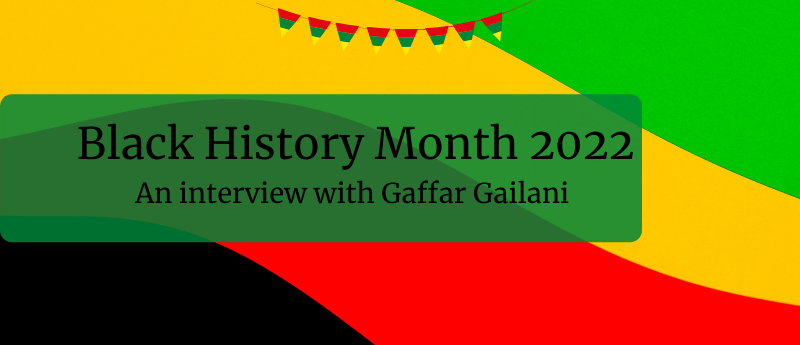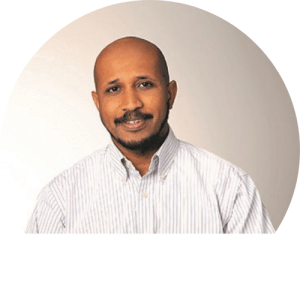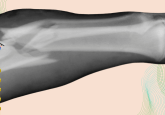Black History Month 2022: In conversation with Gaffar Gailani

In celebration of Black History Month this year, we speak to Gaffar Gailani from the City University of New York (US) about his experience as a Black scientist working in 3D printing. In this piece, Gaffar outlines the history of his career, advice he would give to young Black scientists interested in 3D printing and how scientific organizations can better promote diversity and inclusivity.
Biography:

Gaffar Gailani is a professor at the Department of Mechanical Engineering, Technology and Industrial Design, at New York City College of Technology (City Tech), part of the City University of New York. He is also the founder and director of the Center of Medical Devices and Additive Manufacturing at City Tech.
Gaffar received his Master’s and PhD degrees from the City College of New York and his bachelor’s degree from Khartoum University (Sudan). As a graduate student, he received many scholarships from the Louis Stokes Alliance for Minority Participation in STEM, the Alliance for Graduate Education and the Professoriate and MAGNET (all in VA, US). He has also received many grants from NASA (WA, US), NSF (VA, US) and more. His research work is focused on the design and fabrication of medical devices, biomechanics, solid mechanics, poroelastic materials and engineering education.
What sparked your interest in 3D printing and what has been the path of your career since then?
My interest in 3D printing began when I started teaching computer-aided design, which made me look at 3D printing as an integral component to the mechanical engineering design process. In the beginning, I purchased a small 3D printer for my class to utilize for their projects and this was the beginning of a great project that continued for years after. Surprisingly, the first student who worked with that new printer later became responsible for the 3D printing lab when we established the Centre of Medical Devices and Additive Manufacturing (NY, US). Later he graduated and established his own 3D printing company.
My interest in 3D printing further developed when I began investigating how to reduce the cost of manufacturing medical devices when the head of research at Downstate Medical Center in Brooklyn (NY, US), Dr Subrata Saha, invited me to a seminar about utilizing 3D printing in orthopedics. This seminar drew my attention to the great opportunities that 3D printing can bring to reducing the cost of medical devices.
How diverse is 3D printing?
3D printing is a very diverse field and is utilized by many industries including, but not limited to, the aerospace, medical, automotive, cosmetic and entertainment industries, and beyond. Unsurprisingly, even the food and construction industries are benefitting from utilizing 3D printing. Because complexity is free in 3D printing, you are able to produce objects with complex geometries at no additional cost. Lowering manufacturing costs, reducing the need for labor and fast production rates are among the other factors that have motivated these different industries to utilize 3D printing.
What advice would you give to young Black scientists trying to get into the field of 3D printing? Do you have any key resources that could be helpful to share?
I would advise the young folks to first explore how they can utilize 3D printing effectively in their research activities. Attending 3D printing conferences across many fields will help them gain solid ideas about the possible utilization of the 3D printing industry in their work.
How can organizations promote and encourage diversity in recruitment and retention?
I think the best step towards this goal is to focus on higher education. Organizations could provide support to minority students so that they can finish their degree. This support should include training through internships, in addition to other opportunities. By doing so, these young people will become well-prepared and able to succeed. Overall, I think that technical preparation for minority students must start at the early stages of their career.
How can the scientific community better promote Black History Month in the future?
I believe that we should have a database for each region or city that could be utilized to organize a virtual meeting at least once a year to discuss the challenges and celebrate the successes of Black scientists. Also, collaborating with professional societies’ conferences, for example through panel discussions, would be very effective in promoting Black History Month.





